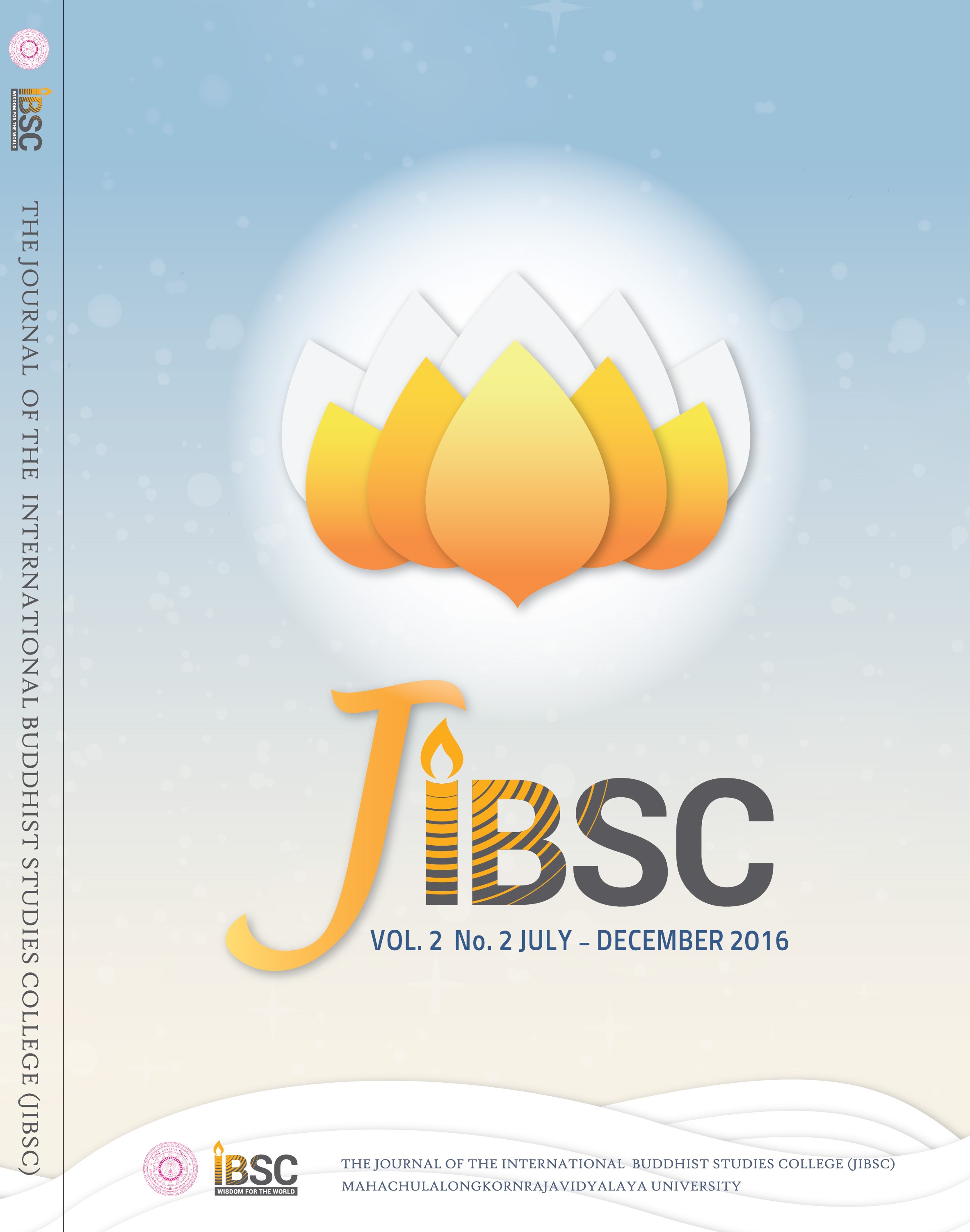A BRIEF STUDY ON THE PRACTICAL DIFFERENCES IN THE FOUR FOUNDATIONS OF MINDFULNESS BETWEENTHERAVADA AND MAHĀYĀNA BUDDHISM
Main Article Content
Abstract
It has always been asked when the writer is back in Hong Kong about the differences in the four foundations of mindfulness between Theravada and Mahāyāna Buddhism. As a Mahāyāna practitioner for many years who also tried several years recently in practicing Theravada methods, it would be nice if the differences could be shared based on the author’s personal experience. In doing so, hopefully some people might have the possibility to get some inspiration from it. Nowadays, many Mahāyāna followers tend to learn Theravada meditation methods. Pa Auk’s, Mahasi’s, both from Burma, and also Godwin Samararatne’s from Sri Lanka are very popular methods right now in Hong Kong and Taiwan. The practitioners reported that this is because the Mahāyāna method is not very clear; referring to Mahāyāna’s trend to talk about concepts like unreality, greatness and emptiness not being conducive to their practice. Instead, Theravada method is more concrete and specifi c which they can have a place to hand-hold. The four foundations of mindfulness, the ānāpāna-smṛti and asubhānupassin are the easier ways to get started and implemented. These claims are true but only from a quite narrow point of view. In the experience of the writer, Mahāyāna also teaches four foundations of mindfulness of the ānāpāna-smṛti and asubhānupassin. However, the emphasis Mahāyāna masters would like to place on is more or less different with the Theravadans which could be seen from the following discussion.
Article Details
The Journal of TCI is licensed under a Creative Commons Attribution-NonCommercial-NoDerivatives 4.0 International (CC BY-NC-ND 4.0) licence unless otherwise stated. Please read our Policies page for more information on Open Access, copyright and permissions.


